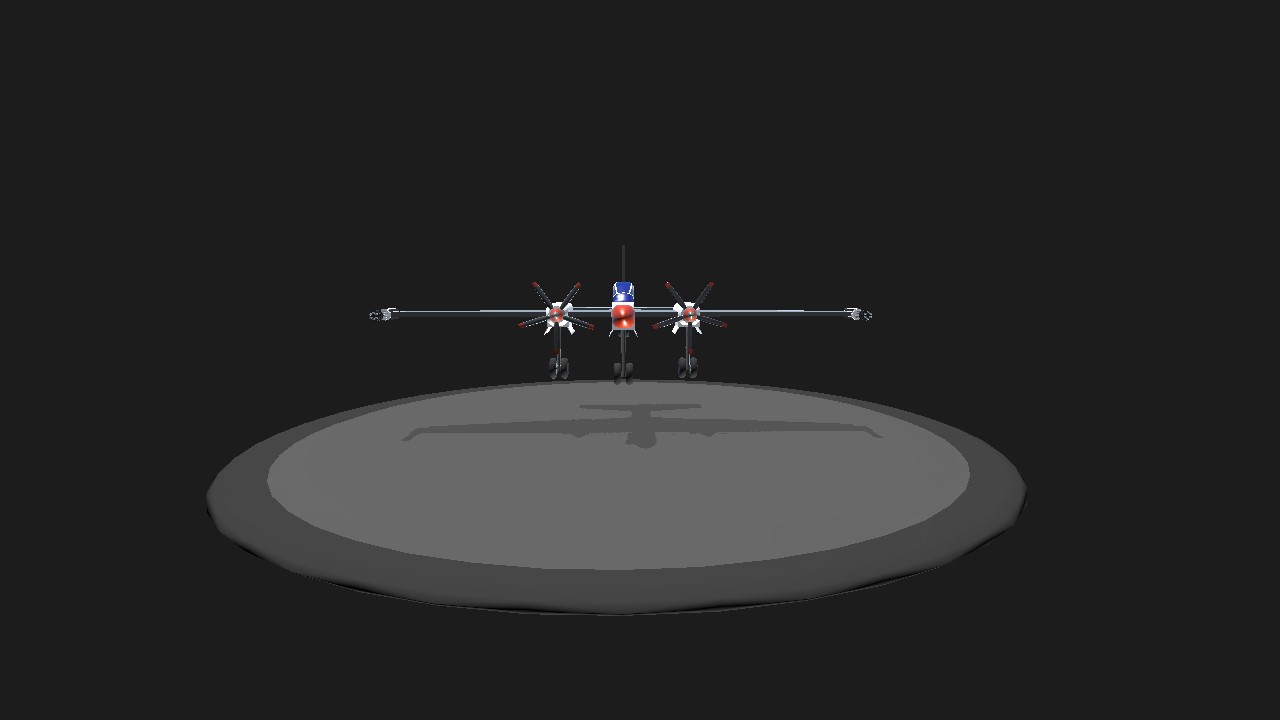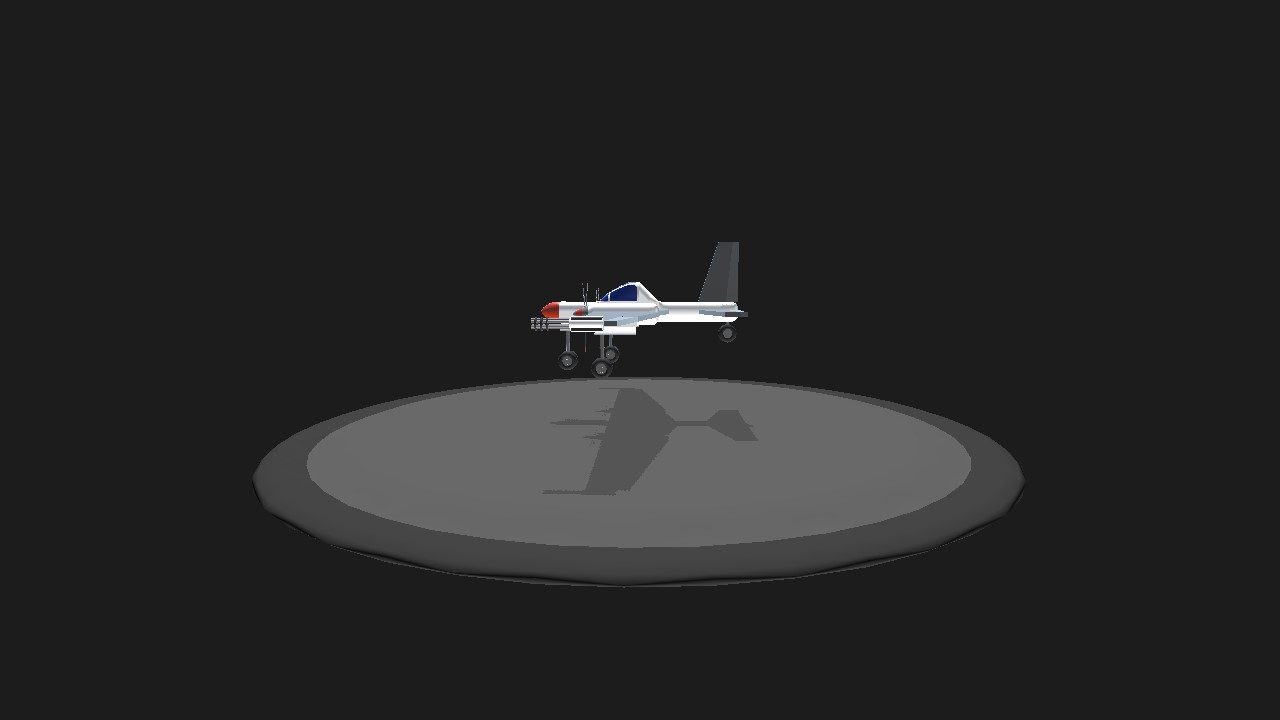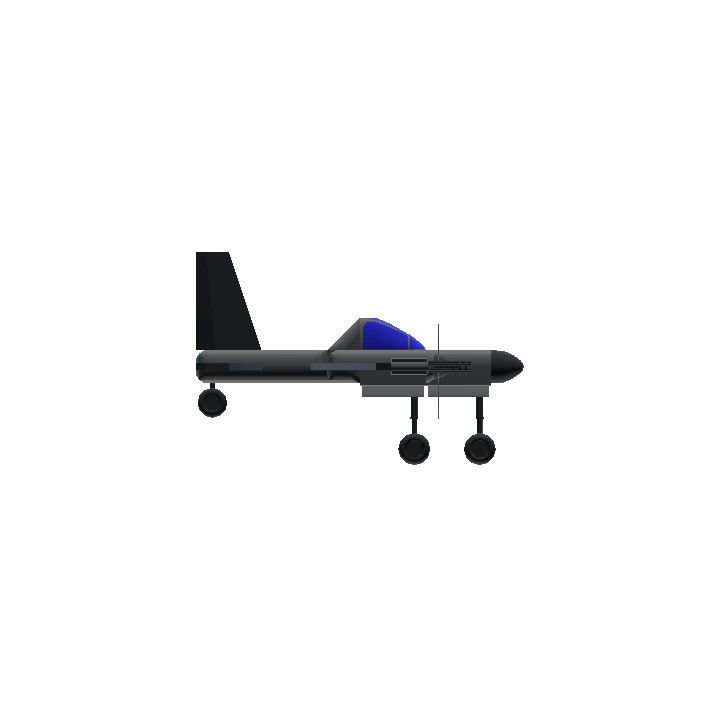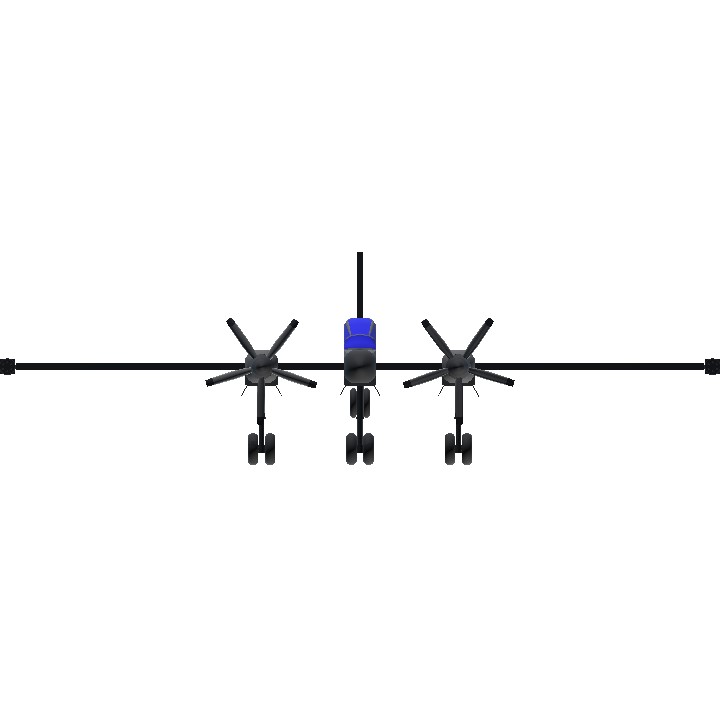Description:
The HAe Bomber 100 is a small single-engine bomber aircraft that was used in World War II. It was powered by a single turboprop engine and had a top speed of 160 km/h. The HAe Bomber 100 is a versatile combat aircraft that can be used for a variety of purposes. It can be used for ground attacks, reconnaissance and aerial combat. Characteristics Engine: 1 x turboprop engine Maximum speed: 160 km/h Range: 800 km Service ceiling: 6,100 m Armament: 2 .50 caliber machine guns Crew: 1 pilot Development The HAe Bomber 100 was developed by the Heitorian Aerospace at the beginning of World War II. The plane was designed to be an inexpensive, light bomber that could be used by United States Army and Navy air units. The HAe Bomber 100 first flew in 1942 and entered service in 1943. Operational use The HAe Bomber 100 was used by United States Army and Navy air units in the Pacific and Europe. The plane was used for a variety of missions, including ground attacks, reconnaissance and aerial combat. The HAe Bomber 100 was an effective aircraft and was praised for its reliability and maneuverability. Post-war The HAe Bomber 100 remained in service after the end of World War II. The plane was used by the United States Air Force during the Korean War and the Vietnam War. The HAe Bomber 100 was also used by several other air forces around the world.
Guide:
Take-off:
Position the plane on the runway: Make sure the plane is aligned with the runway and that the brakes are applied.
Apply power: Slowly increase engine power until the plane reaches takeoff speed.
Rotation: Lift the plane's nose gently into the air when takeoff speed is reached. Climb: Continue to increase power and climb to desired altitude.
Flight:
Altitude Hold: Use the elevators to maintain your desired altitude.
Turning: Use the aileron and rudder to turn the plane.
Speed ??Adjustment: Use engine power to adjust the speed of the plane.
Attack:
Target: Locate the target you want to attack.
Descent: Dive the plane toward the target.
Armament: Open fire with the machine guns when in attack position.
Pull Up: Pull the plane up to move away from the target after the attack.
Landing:
Approach: Reduce engine power and lower flaps to begin approach for landing.
Alignment: Align the plane with the runway and use the ailerons to maintain course.
Descent: Continue to reduce engine power and lower the landing gear when close to the runway.
Touchdown: Tap the plane gently onto the runway and apply the brakes to slow down
Good Flight!
Specifications
General Characteristics
- Predecessor Tutorial Plane
- Created On Android
- Wingspan 36.0ft (11.0m)
- Length 16.4ft (5.0m)
- Height 10.5ft (3.2m)
- Empty Weight 3,784lbs (1,716kg)
- Loaded Weight 4,449lbs (2,018kg)
Performance
- Horse Power/Weight Ratio 0.224
- Wing Loading 28.5lbs/ft2 (139.2kg/m2)
- Wing Area 156.1ft2 (14.5m2)
- Drag Points 1704
Parts
- Number of Parts 33
- Control Surfaces 5
- Performance Cost 286






